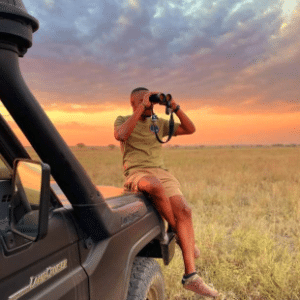The Hadza Tribe in Tanzania Lake Eyasi
The Hadza are a modern hunter-gatherer people living in northern Tanzania. With approximately 1,300 members, they considered one of the last hunter-gatherer tribes in Africa. Their native homeland includes the Eyasi Valley and nearby hills. The Hadza remains a vital study focus for anthropologists, as they represent a modern link to ways of human existence and survival primarily abandoned by most of humanity.
As a hunter-gatherer society, the Hadza have no domesticated livestock, nor do they grow or store their food. The Hadza survive by hunting their food with hand-made bows and arrows and foraging for edible plants. The Hadza diet is primarily plant-base but consists of meat, fat, and honey. They create temporary shelters of dried grass and branches, and they own few possessions.
The Hadza speak a unique language known as Hadzane, which incorporates clicking and popping sounds and more familiar sounds. According to their history, which they preserved through oral tradition, the Hadza have lived in their current environment bordering the Serengeti plains since their first days as a unique group. This is relatively close to the spot where Homo habilis, one of the earliest hominids, lived 1.9 million years ago. Genetically, the Hadza shows one of the oldest lineages of contemporary humans.
Contemporary settlements and farming practices currently threaten the lifestyle of the Hadza. They have lost between 75 percent and 90 percent of their land over the past 50 years.
Lake Eyasi and The Hadza Tribe in Tanzania
Lake Eyasi is a seasonal shallow endorheic salt lake on the floor of the Great Rift Valley. It is located at the base of the Serengeti Plateau, south of the Serengeti National Park, and southwest of the Ngorongoro Crater in the Crater Highlands of Tanzania. Lake Eyas elongates southwest to northeast and lies in the Eyasi-Wembere branch.
The Hadzabe Bushmen live in this region as the Datoga and Mbulu tribes. However, visiting the Bushmen is worthwhile and shows you where and how they live and hunt. They subsist entirely off the bush and by bow hunting. So, everything they use is made from local materials, including their bows strung with giraffe tendons. Also, arrows are coated in lethal poison. Moreover, their language resembles that of the Kalahari Bushmen tribe.
Lake Eyasi’s scenery differs dramatically from the surrounding areas Compared to the Serengeti and Ngorongoro Highlands. Other trees in this area include the umbrella thorn acacia and sandpaper bush. The weather is nearly always scorching and intense, as the lake is located on the floor of the Rift Valley. The rift is thought to have opened over 65 million years ago, shortly after dinosaurs became extinct. We wish to explain more, but let us host you to know more…!





